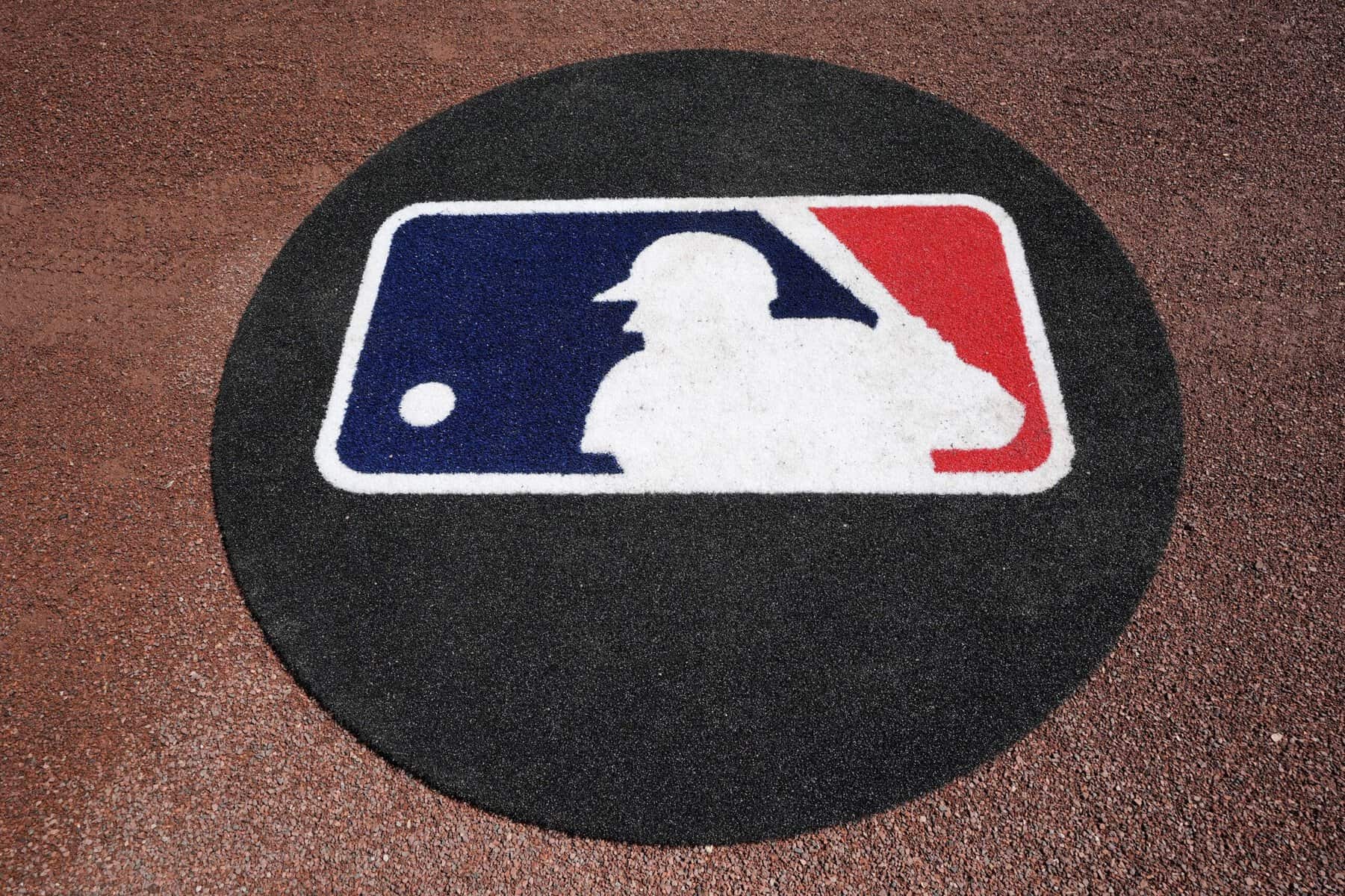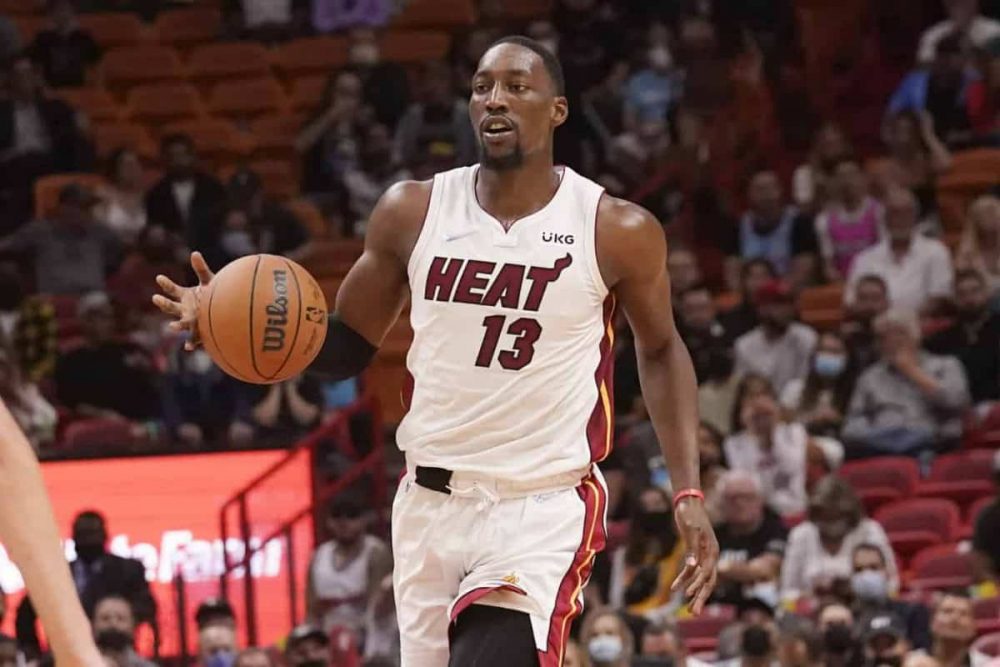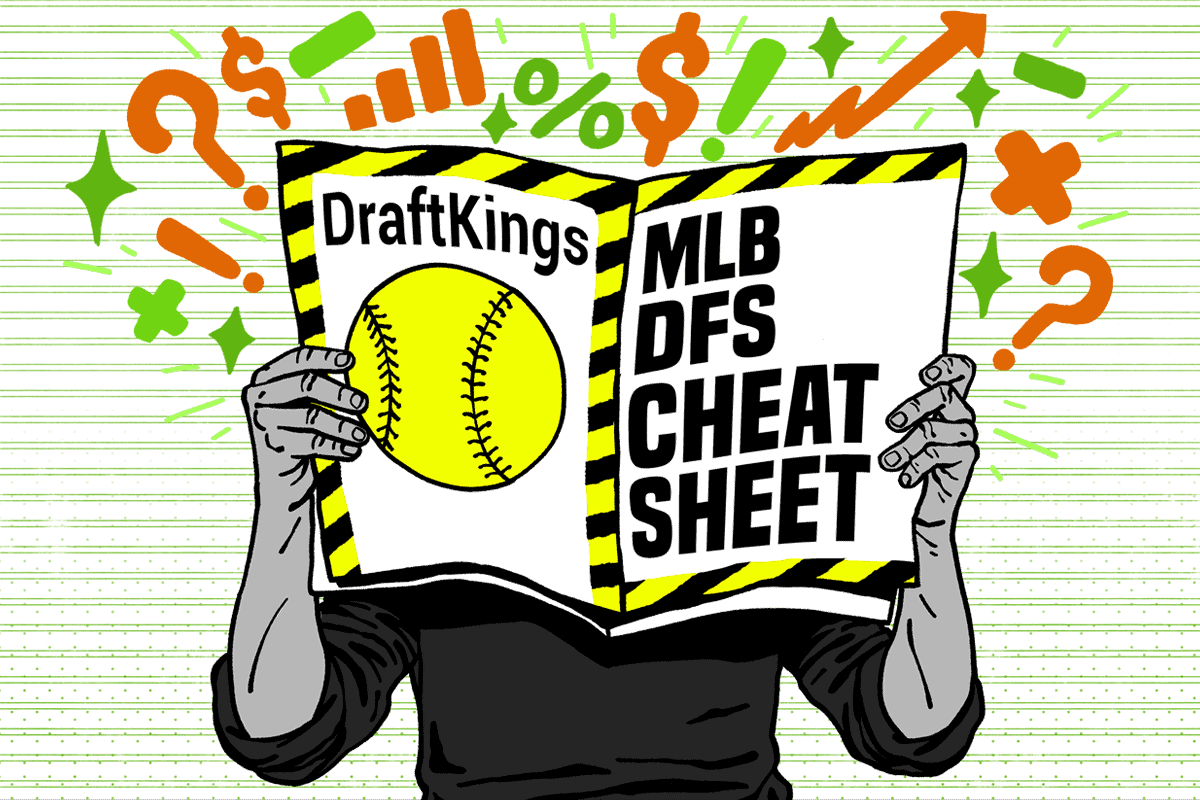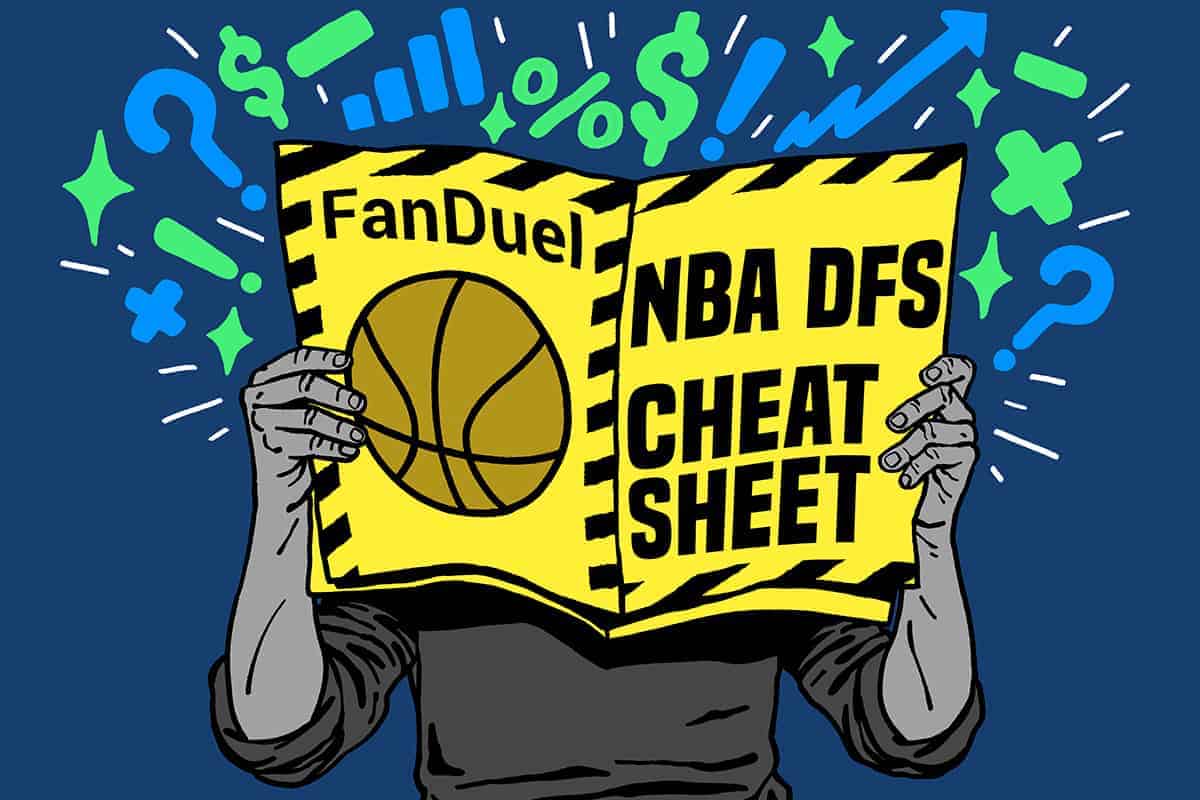Best ball leagues are surging in popularity the summer months ahead of the NFL season. Unlike seasonal leagues, best ball leagues require no in-season maintenance. Yahoo best ball leagues feature 17 roster spots. The league then automatically sets the highest-scoring lineup on a weekly basis. Without waiver wires, drafters must account for injuries, bye weeks, etc. when making their initial draft picks on Yahoo, which makes finding the optimal fantasy football best ball strategy paramount.
With hundreds of thousands of dollars available in some of the largest best ball tournaments, understanding their nuances is crucial to winning. This piece will discuss optimal position allocation for best ball leagues. Make sure to check out the Awesemo fantasy football rankings and fantasy football homepage for additional best ball strategy information.
2021 Yahoo Fantasy Football Best Ball Draft Strategy
Positional Allocation 101
Positional allocation should also ebb and flow throughout the draft. For example, if spending first-round draft capital on Travis Kelce, the rest of a best ball roster can probably get by with just one more tight end. Meanwhile, a different team taking a late round tight end approach could benefit from selecting three. In general, placing an additional weight on positions drafted early and selecting more of positions drafted later can provide the optimal blend of upside and security.
Lastly, make sure to account for byes. Without the ability to add and drop in-season, accidentally taking two quarterbacks with the same bye could make the difference in winning a league or taking second. This strategy applies primarily to quarterbacks and tight ends, but also defenses and kickers on certain platforms.
Quarterback
The quarterback position generally requires two or three draft slots in best ball drafts. In previous years, the late-round quarterback strategy dominated virtually every type of fantasy football contest. However, today’s fantasy has seen the rise of mobile quarterbacks change the position. Players like Lamar Jackson and Josh Allen inherently have higher ceilings due to their rushing upside. This also showed up in best ball win rates. Last year, six of the top 10 win rates at the quarterback position came off the board between rounds six and ten. Four of those six also fit the mold of a rushing quarterback.
Keeping tournaments in mind, selecting two quarterbacks makes the most sense. Overall, the average draft position (ADP) of the first quarterback should have some influence on the second. For example, teams with Patrick Mahomes could risk a late round quarterback like Trey Lance as their second quarterback. Because of Mahomes’ strong floor and ceiling, less will be required of the second quarterback. However, if Lance exceeds expectation, that particular team also benefits from his high-ceiling weeks. Likewise, a team landing Justin Herbert in the mid-rounds may want to consider a second mid-round option like Matthew Stafford. While Herbert has a ceiling, he brings more concerns as a second-year pro in a new offense. A surefire veteran like Stafford provides a strong blend of upside and security to this type of roster. The only time this two-quarterback build looks dicey is when both quarterbacks come off the board in the late rounds without rushing upside.
On top of selecting two overall, grabbing at least one quarterback between rounds six and ten also gives teams a legitimate chance of securing the top overall quarterback. Combined with a mid-to-late round option, these types of teams enter the season with an ideal blend of upside and security. It is even possible to grab two quarterbacks in this range and completely forgo the position with the remaining draft picks. For teams selecting three quarterbacks, doing so in the final rounds is the best path.
Strategy: 2-3 Quarterbacks
Running Back
One of the more nuanced positions in best ball, running back strategies fall all over the map. Recent data shows that winning teams generally select somewhere between 4-6 running backs. Volume correlates strongly with fantasy points at this position. With a limited number of usable backs, this strategy embraces fragility at a position with a strong chance of injury. However, best ball teams need to focus on ceiling over floor, making a fragile approach the right one.
Looking at when to select these backs, the discussion becomes even more nuanced. Winning teams that selected running backs early generally did not have as many on the roster. Conversely, winning teams that selected running backs later generally selected between five and seven. The worst win rates came from teams that selected running backs early and often.
The NFL has just 32 teams and usually only one running back plays at a time. This creates a scarcity at the position. Add in timeshares and the scarcity problem compounds. For these reasons, finding legitimate contributors in the double-digit rounds is difficult at running back. This is another reason teams selecting just three or four running backs should do so early. Zero-RB teams will naturally find themselves selecting a running back or two in this range. However, receivers are more usable in double-digit rounds. In general, most usable weeks at the position come in the earlier rounds.
Strategy: 4-6 Running Backs
Wide Receiver
Unlike running back, wide receivers tend to provide more stability throughout drafts. While backs tend to win with volume, receivers can win with volume, efficiency, or both. Best ball leagues automatically start a team’s optimal lineup, allowing a team to capitalize on spiked weeks without having to identify when they will occur. In the NFL’s current pass-heavy landscape, more receivers are usable than ever before. This allows winning teams to focus their final picks on receivers with the ability to put up sporadic high-scoring weeks.
Like the positions listed above, early draft capital will influence how many receivers a particular team invests in. In general, teams drafting 7-10 receivers had the highest win rates. Anything under seven significantly hurt win rates. Like running back, winning teams drafting seven receivers most likely selected wide receivers early. Conversely, winning teams drafting nine receivers typically drafted more in the later rounds of drafts.
Unlike other positions, stacking is a major factor at this position too. Correlating receivers with quarterbacks inherently provides additional upside to teams. While this is not necessarily positional allocation strategy, leaving drafts with at least one wide receiver stack helps increase a team’s overall win rate.
Strategy: 7-9 Receivers
Tight End
From a positional allocation standpoint, tight end looks a lot like quarterback. However, a few key differences make tight end slightly more nuanced. First, tight ends can be used as flexes. This means potentially two tight ends could enter an optimal lineup, while no more than one quarterback can. Secondly, tight end comes with more scarcity. Unlike quarterback, the differences between the top scorers and the rest of the position are drastic with tight ends.
Like the positions above, positional allocation depends heavily on investment. Teams selecting an early tight end are generally best left to two overall, with the second coming late. Some winning teams also selected two tight ends but did so with both coming in the mid-rounds. Finally, teams missing on tight end altogether could also get by with three tight ends late in the draft.
Like receiver, stacking should be considered at the tight end position. However, with most teams starting just one tight end per week, stacking has less relevance at this position. Overall, tight end is one of the most volatile positions in fantasy and for that reason, multiple strategies can work at this position.
Strategy: 2-3 Tight Ends
Thanks for reading to the end of this article! If you appreciate this free content and want to see more of it every day, you can help us out by sharing this article on social media!
Want more free fantasy football news? If all that free content isn't enough for you to dominate your Fantasy Football draft this year, check out the Awesemo Fantasy Football Draft Kit, which includes sophisticated tools and proprietary fantasy data that you can only get from us. Check out our NFL fantasy football draft rankings, our fantasy football draft cheatsheet, our fantasy football sleeper picks list and our NFL player profiles. We've also got a brand new Fantasy Football YouTube Channel where you can tune in every day for the best fantasy videos in the business.
















